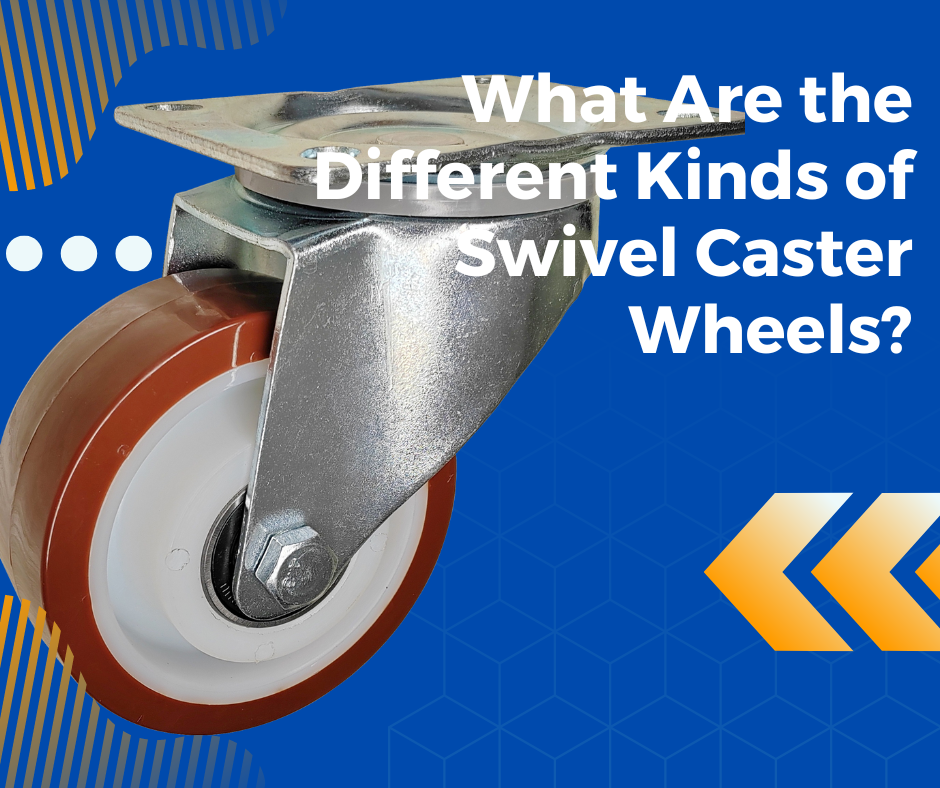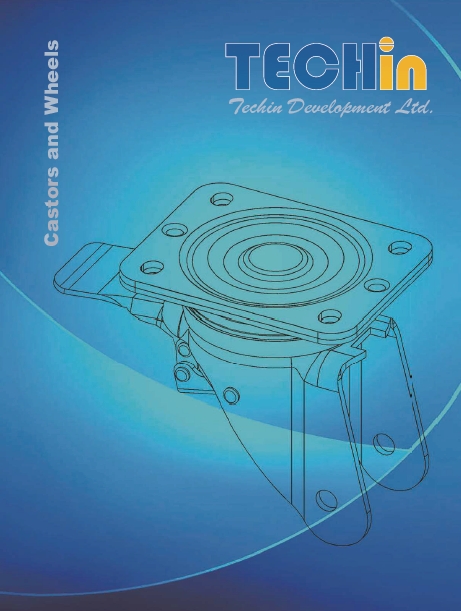During these times we have technology moving at a rapid pace, and we do experience a large variety of low speed push carts being brought to the market. That’s why we get to see more and more foam and pneumatic wheels, all of which have their pros and cons.

What makes Pneumatic Wheels very distinctive is the fact that they rely on compressed air in order to start inflating any elastic bags. The great thing here is that you do get to have a very good friction and cushioning. With that being said, these wheels have to be inflated all the time, which can be a challenge. That being said, the wheels can blow out quickly, there can be some air leaks and there’s also the worry of dealing with any puncture. When those things happen, issues can arise and the wheels can go out of control. That’s why there are honeycomb structured wheels, these are non pneumatic and that can help prevent any issues.
Then we have foamed wheels. What makes these great is the fact that they are using plastic foam materials. They have a change rate of less than 1%, and a great dimensional stability. On top of that, they have other properties, like being anti-aging and anti-corrosion, not to mention their overall chemical structure is not problematic. They also have corrosion resistance. With that being said, these foamed wheels have a simple structure, they omit the air nozzle and inner tube structure, which conveys very good results. They are lighter when compared to foam wheels, which means the car weight is better than expected.
When it comes to the Pneumatic Wheels, these have wear resistance, so even if the wheel pattern is a little shallow, you can still use them without a problem. Generally though, it’s recommended to replace these, just to ensure that you stay safe and away from any issues. In regards to the lifespan, the PU foam wheels have 3 times the lifetime of Pneumatic Wheels. Those wheels are aging slowly, and the reason is that there’s no outer and inner wheel friction, which can become quite the issue at first. Not only that, but you retain a much lower wheel temperature.
When it comes to the overall experience, these Pneumatic Wheels have a very good way to absorb shocks and provide cushioning. These are driving smoothly and you get a brisk implementation approach. Foam wheels aren’t delivering the best comfort, which can become a bit of a challenge especially in the beginning. You will encounter bumps on the road, even in some cases where the road is smooth. The PU foam wheels don’t feel bumpy, even if they are a little stronger than the regular Pneumatic Wheels. So the foam wheel comfort and noise can be improved. It will vary based on multiple factors. But for the most part, wheel noise will be affected by road conditions, which is normal.

Then we have costs. Pneumatic Wheels are very common because people find them economical and also rather affordable. Foamed wheels on the other hand are rather expensive, although they do have some of the best technologies on the market. That certainly adds to the price, but it’s well worth the investment.
The foaming wheels usually has a lower speed and load when compared to something like the Pneumatic Wheels. It’s a wheel that can’t go too fast. That’s the reason why most of the equipment that needs high speed traveling still relies on stuff like the pneumatic wheels, which is something to keep in mind. These wheels are also prone to damage, mainly due to the fact that their support structure is exposed. They also have a plastic material polymer structure, which is obviously not as powerful as one might expect. If any foreign materials are entering in the wheel structure, that will cause significant damage.
Regardless of what kind of wheel you want to use, the focus is to ensure that it fits the requirements of the situation. It has to be specific to the situation, and it can’t really be something general, which is something to take into account.
Expansion info:

During 2005, Michelin has actually worked on launching a Pneumatic Wheel named Tweel. This wheel was designed to help enhance wheels and the wheel itself was actually combined with the rim. It was the rigidity that brought a very good mesh support structure which radiated from the side of that wheel. The functions of the mesh structure are similar regardless of the situation and they can offer wheel support. However, they also lower wheel, vibration in order to enhance comfort.
What’s important to keep in mind here is that the existing wheel tread is something that remains with the right structure. The non pneumatic wheel structure has a combination of belt layer and ply equivalent once you boost its strength. The materials used for this are resin based, so everything is still maintained soft. The spoke arrangement used here is using the main design principles with the idea of keeping internal pressure whenever you have a deformed wheel. Whenever the wheel changes, you have a transmission of pressure thanks to the spokes arrangement!







